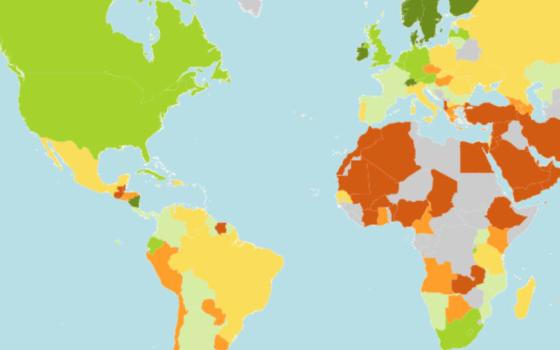Yesterday, on Women’s Equality Day, many people in the United States celebrated the 94th anniversary of the 19th Amendment to the U.S. Constitution, which gave American women the right to vote. Some celebrants, such as Vice President Joe Biden’s office, also used the opportunity to highlight the fact that women in the work force still make less than their male colleagues.
The fact of a gender pay gap is often dismissed by those who say women earn less because they opt for lower-paying jobs – a myth Claudia Goldin, a Harvard University labor economist, vehemently decries. According to her research, women working in the same fields as men are still earning less, a claim supported in at least one major profession by research published two years ago in the Journal of the American Medical Association that looked at gender differences in physician research salaries.
Here’s what the physician study found:
- Male researchers, without question, made more than female researchers. The mean salary for female physician researchers was $167,669 while the mean salary for male physician researchers was $200,433.
- Even when controlling for factors such as specialty, research time and academic rank, men still made more than women. This “unexplained disparity” in salaries accounted for 37.4 percent of the total observed differences in men and women’s salaries.
- Contrary to a commonly quoted theory that women choose lower salaries in favor of “unseen” benefits such as a flexible schedule that allows them to spend time at home with their children, the study found whether a woman had children was irrelevant to her lower salary. In fact, the women surveyed were less likely to be married (87 percent) or to have children (84 percent) than the men surveyed (89 percent and 91 percent, respectively).
This map from the World Economic Forum shows the countries with the highest and lowest gender gaps in terms of economics, education and health. (Watch the video at the top of the page for an introduction and then scroll to the bottom of the article for an interactive map that you can move around and hover over countries.) The full WEF report is here.

